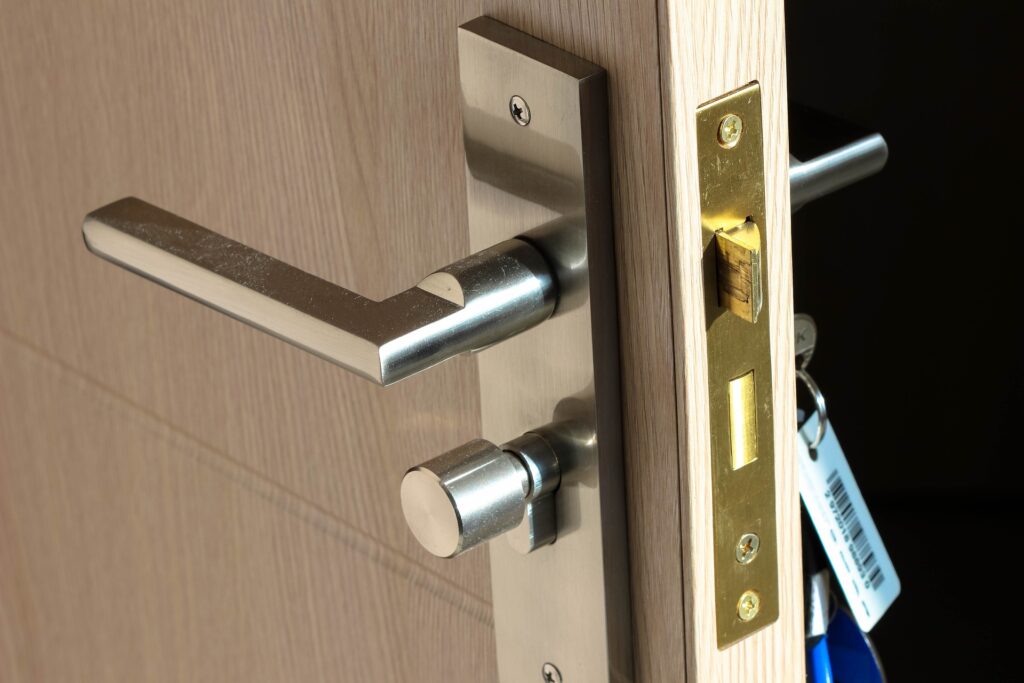Choosing the right residential access control system can be a daunting task. With advancements in technology and a plethora of options available, it’s essential to consider your specific needs and security requirements. Access control systems not only enhance home security but also provide a convenient way to manage entry into your property. Whether you’re upgrading your existing system or installing a new one, here are some critical factors to consider when selecting the best residential access control system.
1. Determine Your Security Needs
Before diving into the different types of access control systems, it’s crucial to assess your home’s security needs. Consider the size of your property, the number of access points, and the level of security you desire. Do you need a simple system for a single-entry point, or a more complex solution that covers multiple doors and entry points?

2. Understand the Different Types of Access Control Systems
There are mainly three types of access control systems: Discretionary Access Control (DAC), Mandatory Access Control (MAC), and Role-Based Access Control (RBAC). Each has its advantages and applications depending on your security needs.
- DAC allows homeowners to decide who can access specific areas. It’s user-friendly and flexible but may not offer the highest security level.
- MAC is often used in high-security environments where access is regulated based on classifications and security clearances.
- RBAC, the most common in residential settings, grants access based on roles, making it easier to manage permissions for multiple users.
3. Choose Between Standalone, Mobile-Based, or Integrated Systems
Access control systems come in various forms, including standalone units, mobile-based systems, and integrated systems that connect with other home security features. Standalone systems are typically keypad or card/fob-based and are suitable for smaller residences. Mobile-based systems offer more convenience and flexibility, allowing you to manage access remotely via a smartphone app. Integrated system, which connect with other home security elements like surveillance cameras or alarms, offer the highest level of security and convenience but are usually more expensive.
4. Consider Ease of Use and Management
The best access control system is one that balances security with ease of use. Consider how easy it is to add or remove users, update security settings, and manage day-to-day access. Systems that offer user-friendly management interfaces, either via a wall-mounted panel or a smartphone app, tend to be more satisfying for homeowners.
5. Evaluate Installation and Maintenance Requirements
Some systems require professional installation and routine maintenance, while others are more DIY-friendly. Consider your own technical skills and willingness to perform maintenance tasks when choosing a system. Additionally, check for systems that offer robust customer support and warranty options.
6. Security Features and Integration Capabilities
Look for systems that offer encryption and other security features to protect against hacking and unauthorized access. Also, consider whether the system can be integrated with other smart home technologies or security systems you already have or plan to install. This can enhance your overall security and make the system more convenient to use.
7. Budget
Last but not least, consider your budget. While it’s important to invest in a secure and reliable system, there’s a wide range of options available to fit various budgets. Remember, the most expensive option is not always the best one for your needs.
Conclusion
Choosing the best residential access control system comes down to understanding your security needs, considering the type of system that suits your property, and evaluating features that offer convenience and peace of mind. By taking into account the factors mentioned above, you can select a system that provides the right balance of security, ease of use, and value for your home. Remember, the goal is not just to secure your property but also to make access as seamless as possible for you and your family.




